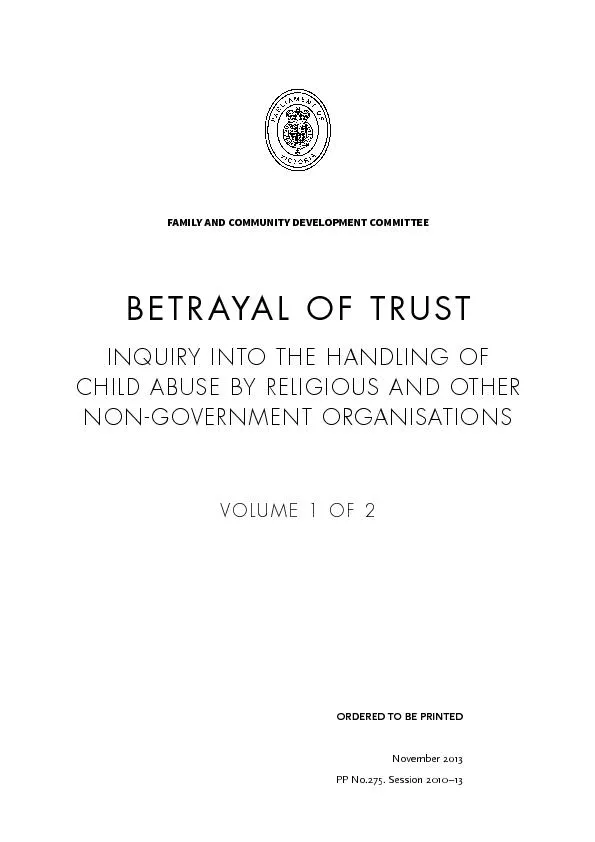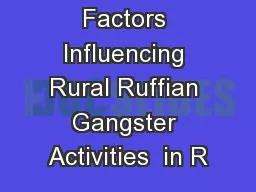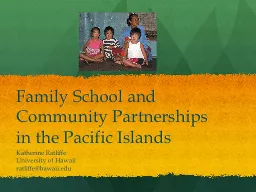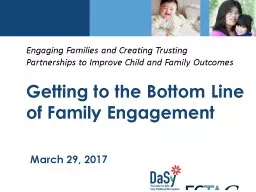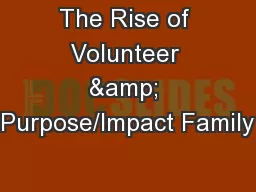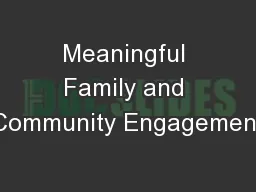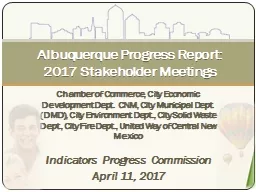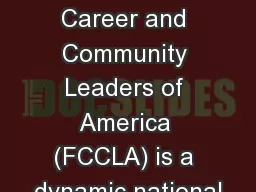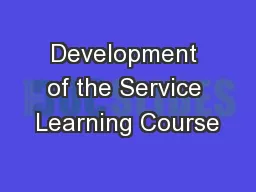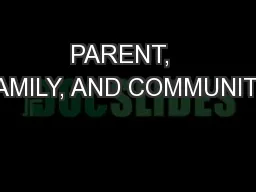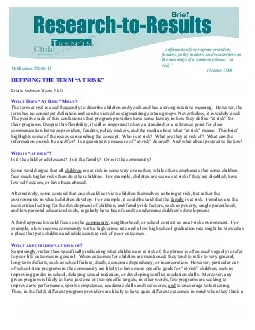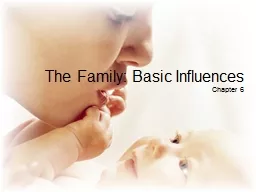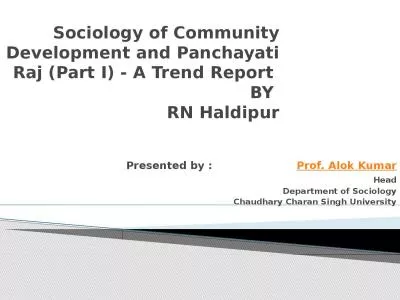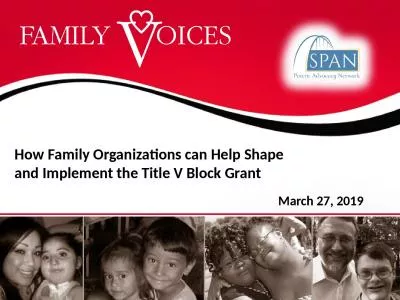PDF-FAMILY AND COMMUNITY DEVELOPMENT COMMITTEEBETRAYAL OF TRUSTINQUIRY INT
Author : liane-varnes | Published Date : 2016-09-20
Inquiry into the Handling of Child Abuse by Religious and Other NonGovernment OrganisationsNational Library of AustraliaCataloguingInPublication DataAuthorFamily
Presentation Embed Code
Download Presentation
Download Presentation The PPT/PDF document "FAMILY AND COMMUNITY DEVELOPMENT COMMITT..." is the property of its rightful owner. Permission is granted to download and print the materials on this website for personal, non-commercial use only, and to display it on your personal computer provided you do not modify the materials and that you retain all copyright notices contained in the materials. By downloading content from our website, you accept the terms of this agreement.
FAMILY AND COMMUNITY DEVELOPMENT COMMITTEEBETRAYAL OF TRUSTINQUIRY INT: Transcript
Download Document
Here is the link to download the presentation.
"FAMILY AND COMMUNITY DEVELOPMENT COMMITTEEBETRAYAL OF TRUSTINQUIRY INT"The content belongs to its owner. You may download and print it for personal use, without modification, and keep all copyright notices. By downloading, you agree to these terms.
Related Documents

